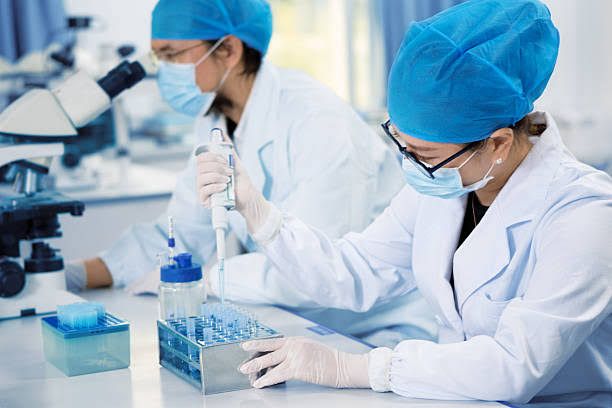
The alkaline lysis method is a widely used technique for isolating plasmid DNA from bacterial cells. This method is favored due to its simplicity and efficiency, allowing researchers to obtain high-quality plasmid DNA suitable for various molecular biology applications such as cloning, sequencing, and recombinant protein production. Below is a detailed step-by-step explanation of the alkaline lysis procedure.
Step 1: Cell Growth and Harvesting
The first step involves growing a bacterial culture that contains the plasmid of interest. Typically, this is done using a rich medium like LB (Luria-Bertani) broth supplemented with an antibiotic to ensure that only bacteria harboring the plasmid survive. Once the culture reaches an appropriate density (usually overnight incubation at 37°C with shaking), the bacterial cells are harvested by centrifugation. This process separates the cells from the growth medium, resulting in a pellet of bacterial cells at the bottom of the tube.
Step 2: Resuspension
After harvesting, the bacterial pellet is resuspended in a resuspension buffer (commonly referred to as Solution I). This buffer typically contains:
- Tris-Cl: A buffering agent that maintains pH.
- EDTA: A chelating agent that binds divalent cations (like Mg²⁺ and Ca²⁺) to inhibit DNases, which could degrade DNA.
- Glucose: Helps maintain osmotic pressure to prevent cell lysis during this step.
- RNase A: An enzyme included to degrade RNA present in the sample.
This resuspension step ensures that all cells are evenly dispersed before lysis.
Step 3: Alkaline Lysis
In this critical step, an alkaline lysis solution (Solution II) is added. This solution typically contains:
- Sodium Hydroxide (NaOH): Denatures both chromosomal and plasmid DNA by disrupting hydrogen bonds between base pairs.
- Sodium Dodecyl Sulfate (SDS): A detergent that solubilizes cell membranes and denatures proteins.
The combination of NaOH and SDS leads to cell lysis and converts double-stranded DNA into single-stranded DNA through denaturation. It is important to mix gently during this step to avoid shearing genomic DNA, which could contaminate the plasmid preparation.
Step 4: Neutralization
After lysing the cells, a neutralization solution (Solution III) containing potassium acetate is added. The potassium acetate neutralizes the pH of the mixture, allowing re-establishment of hydrogen bonds between complementary bases in plasmid DNA while preventing genomic DNA from renaturing properly due to its larger size. The small circular plasmids can re-nature quickly and remain soluble in solution while denatured genomic DNA and proteins precipitate out as a white precipitate.
Step 5: Centrifugation
Following neutralization, centrifugation is performed to separate the precipitated material from the supernatant. The supernatant contains purified plasmid DNA while cellular debris, including precipitated proteins and genomic DNA, forms a pellet at the bottom of the tube.
Step 6: Cleaning and Concentration
Although plasmid DNA has been separated from most cellular debris, it still needs purification. Common methods for cleaning include:
- Phenol-Chloroform Extraction: Mixing with phenol-chloroform separates nucleic acids from proteins based on solubility differences.
- Ethanol Precipitation: Adding ethanol or isopropanol causes nucleic acids to precipitate out of solution.
- Silica Column-Based Methods: Plasmid DNA binds selectively to silica under high-salt conditions; impurities are washed away before eluting pure plasmid DNA with low-salt buffer or water.
These steps ensure that any remaining contaminants are removed so that high-purity plasmid DNA can be obtained for downstream applications.
Conclusion
The alkaline lysis method remains one of the most efficient techniques for isolating plasmid DNA due to its straightforward procedure and effectiveness in yielding high-quality samples suitable for various molecular biology applications







